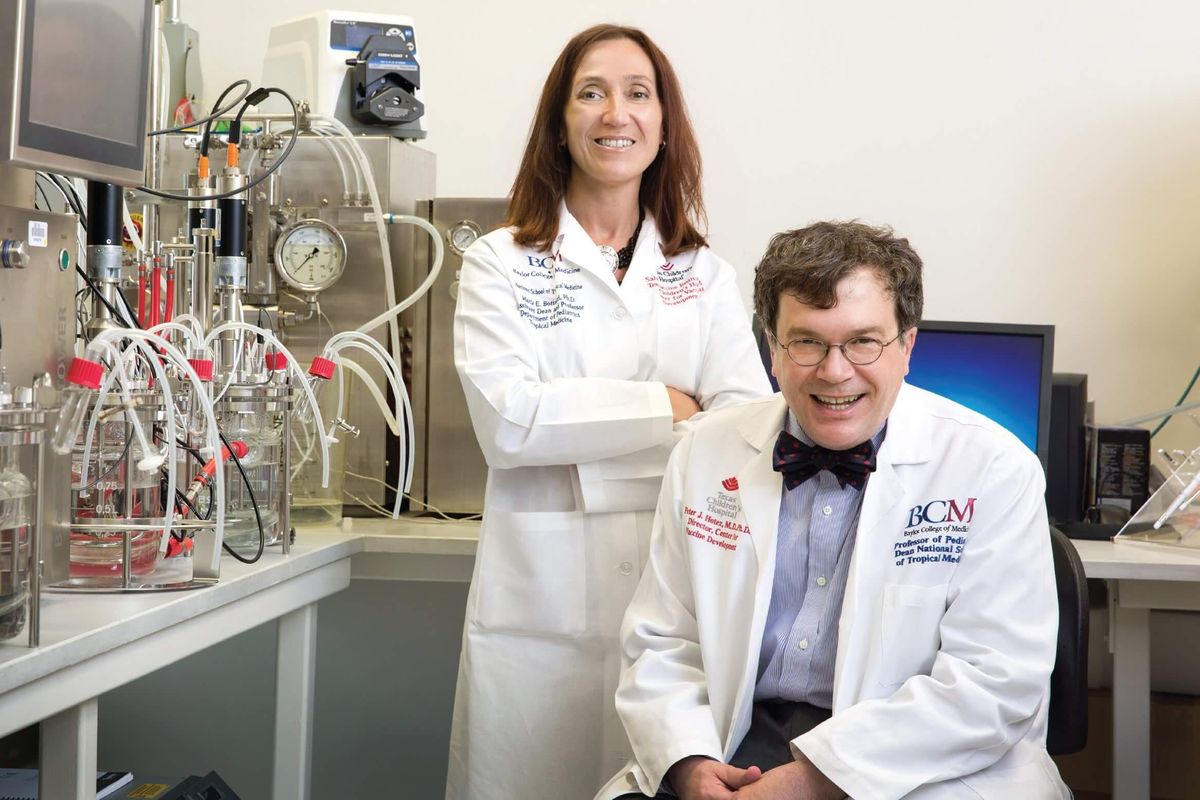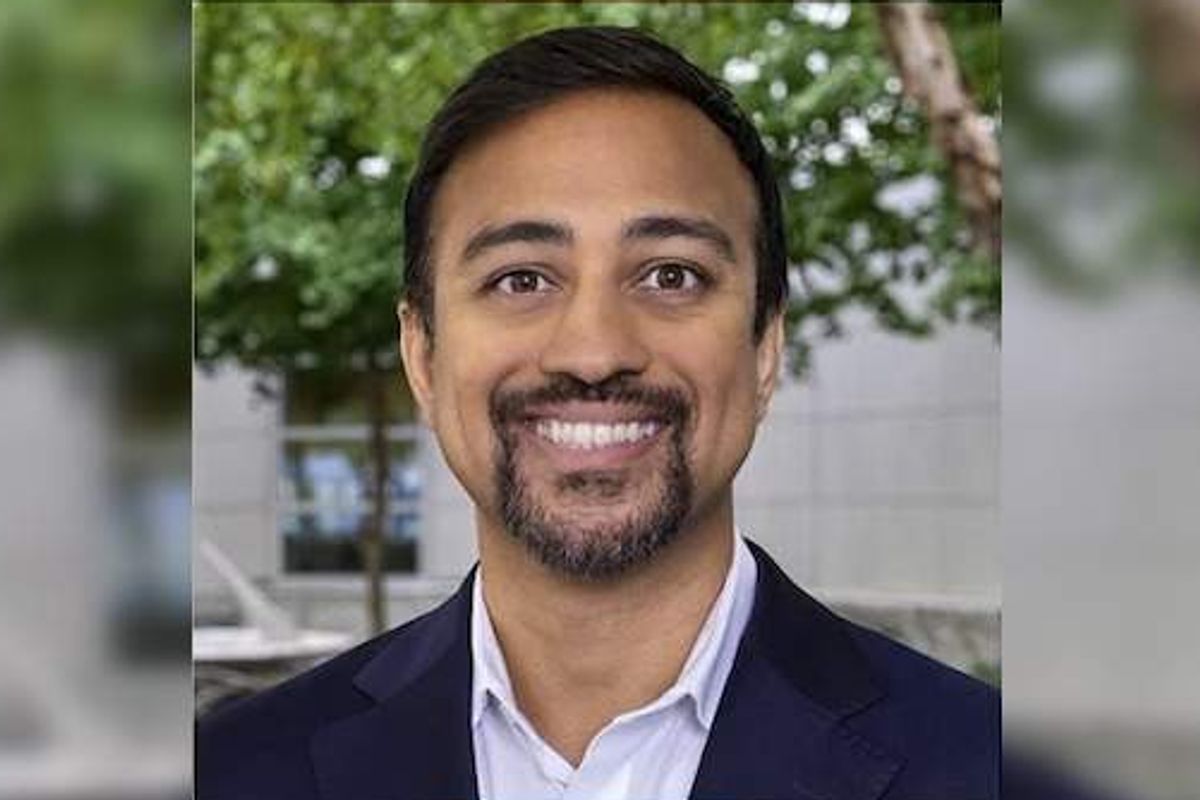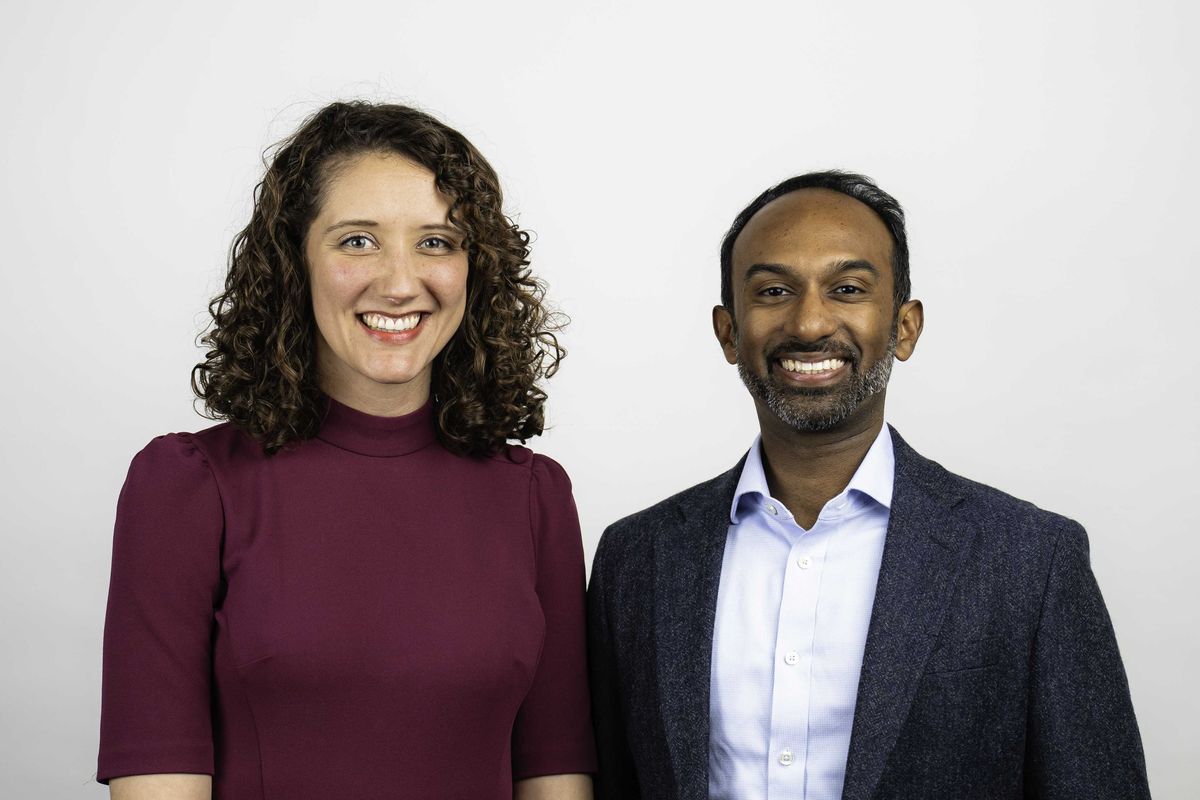This Houston startup is increasing access to marketing for other startups and small businesses
A new Houston organization is working to redefine the way startups set up their marketing strategy — focusing on specific projects tailored to the client's goals at a significantly cheaper price than a normal marketing agency.
MAP360, also known as The Marketing Acceleration Program, is collaborating one-on-one with clients to learn their particular needs and goals for individual projects. Unlike traditional marketing agencies, they do not work on retainer, instead they focus on small contracts to increase efficiency and affordability for startups and small businesses.
"There is a great opportunity in Houston with the accelerating innovation ecosystem," says Alfredo Arvide, CEO and co-founder. "When my co-founder and I were brainstorming ideas, we saw the need for a marketing program tailored specifically for startups or small businesses."
Arvide's new marketing acceleration program has always been one of his goals as a budding entrepreneur, previously founding Pushr an app that manages multiple social profiles across all platforms. However, it was his layoff from Accenture last month, a result of the ongoing impact of coronavirus on the economy, that spurred him into action with his business partner, Jacqueline Levine, who has taken on the role of chief marketing officer.
The two have combined decades of experience in the marketing world — most recently Arvide was the prototyping center director within the Houston Accenture Innovation Hub.
"Usually in a startup, the entrepreneur wears a lot of different hats," says Arvide. "They have the responsibility to market the business and manage financials, this is a lot of pressure. We wanted to provide a different sphere of the marketing spectrum at an affordable price."
MAP360 touts a 50 percent or fewer costs of an agency with the same agency-quality talent. The services they offer range from branding, storytelling, design, to consulting. They also offer tiers or packages aimed for startups, funded or growing businesses, and established businesses. Each package has a different time frame and helps the client's marketing goals with the most efficiency.
For example, a startup has a need for pitch materials and setting up basic brand guidelines, unlike a growing client who perhaps needs a marketing distribution plan or social media engagement plan more urgently.
"We are able to focus on affordability and the needs of our clients because of our strategic nature," says Arvide. "We are going to provide our clients with campaigns that are very specific to their audience while providing them a plan and metrics for success."
MAP360 strategy of upfront costs and marketing plans cut to size added another benefit for clients' bang for their buck with their proprietary approach to data. The psychographic data allows businesses to measure and meet their target metrics using a profile of their customer's interests and values.
"We use a partner firm that uses demographic and psychographic data," says Arvide. "Then we can analyze the firm's target audience at the highest probability. We are not casting a huge net, rather fishing for the very specific fish willing to bite."
A startup itself, MAP360 has its own plans and metrics for its own success, aiming to add 10 to 15 new clients before the end of the year and expect that figure to double in the next year to 20 to 30 clients. They also plan to use local marketing professionals and freelancers to expand their pool of specialists.
"We're here for the founders and the little guys," says Arvide. "We want to help them be better and partner with local talent to make Houston first in the innovation sphere."




















